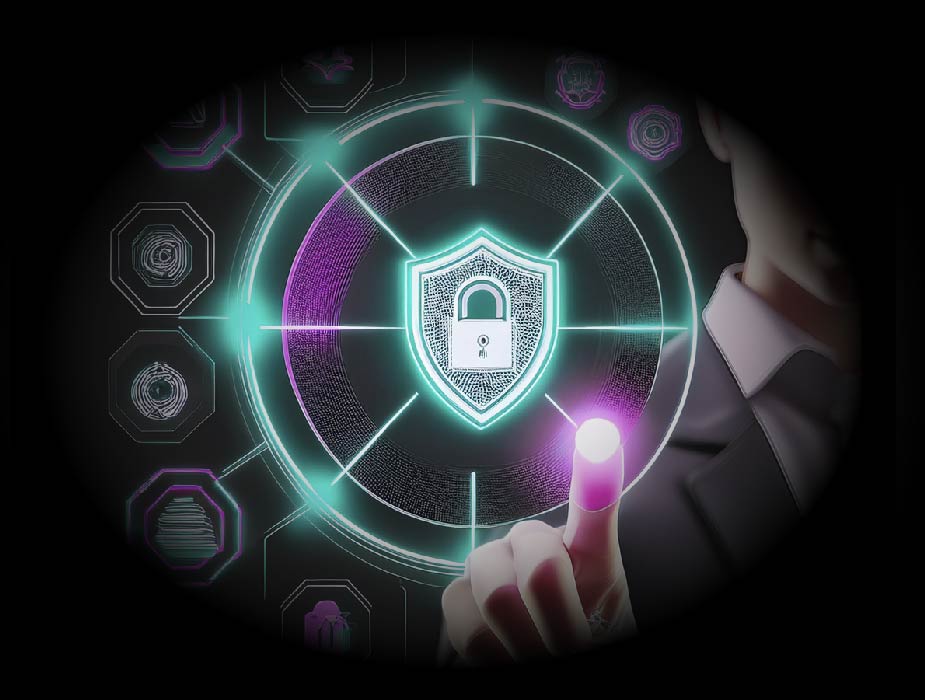Join our newsletter



Key Takeaways
1. Critical for C-Suite: SSPM is essential for addressing security risks, ensuring regulatory compliance, and enhancing business resilience as organizations increasingly adopt SaaS applications.
2. Increased Security Risks: SSPM helps mitigate the risks associated with migrating sensitive data to the cloud by identifying vulnerabilities and threats.
3. Regulatory Compliance: Ensures that SaaS applications meet industry-specific data privacy and security regulations, protecting organizations from fines and reputational damage.
4. Key Benefits: SSPM improves security posture, enhances compliance, reduces risks, is cost-effective, and provides visibility across all SaaS applications.
5. Strategic Next Steps: Conduct security assessments, develop security policies, implement SSPM tools, train employees, perform regular reviews, and have an incident response plan in place.
In today's digital age, organizations are increasingly relying on Software-as-a-Service (SaaS) applications to streamline operations and improve efficiency. However, the growing adoption of SaaS also introduces new security risks that must be addressed to protect sensitive data and mitigate potential threats.
By implementing a robust SSPM strategy, C-suite executives can protect their organization's valuable assets, ensure compliance with regulations, and enhance overall business resilience in the face of evolving security threats.